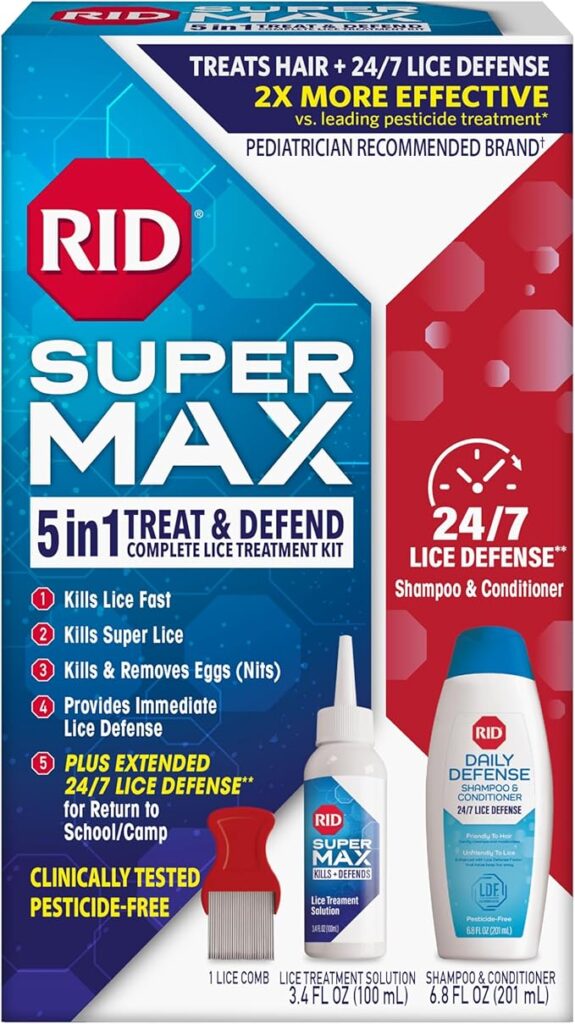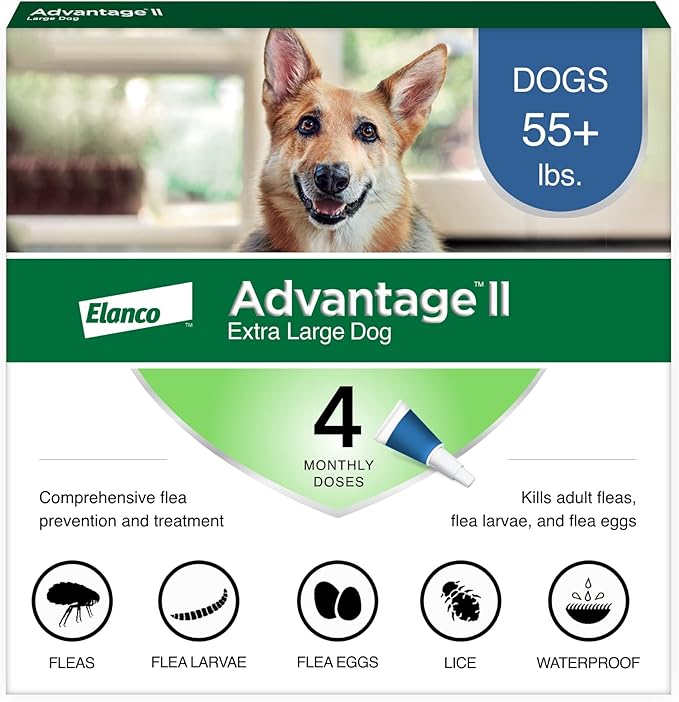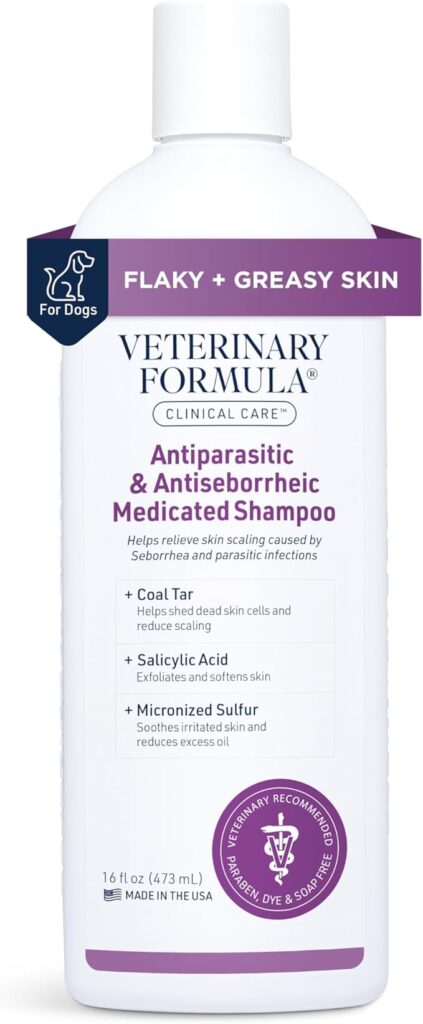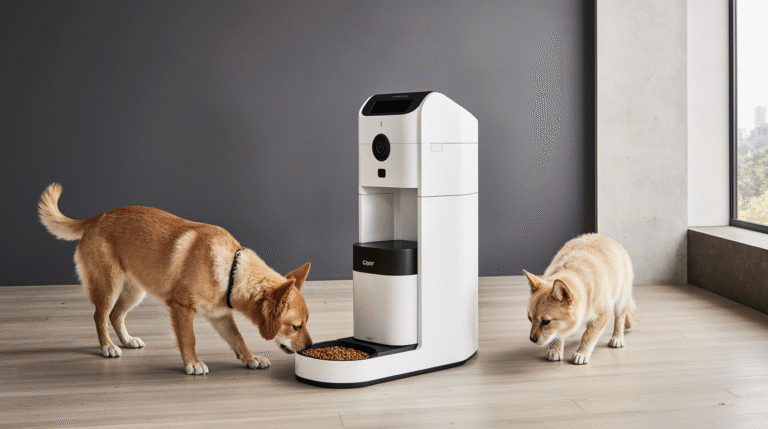can a dog get lice from a human ?
can a dog get lice from a human ? The Complete Truth Every Pet Owner Must Know
Panic strikes as soon as you notice those telltale itches on your scalp. As you examine your hair and confirm your worst fears about lice, your thoughts immediately turn to your beloved canine companion. can a dog get lice from a human ? This question haunts pet parents across America, creating unnecessary anxiety during an already stressful situation.
Your furry family member means everything to you, and the thought of accidentally transmitting parasites to your innocent dog can be overwhelming. The relief you’re about to experience will transform your understanding of lice transmission and allow you to focus on proper treatment without worrying about your pet’s safety.
Table of Contents
Key Takeaways
- Due to biological barriers intrinsic to each species, dogs cannot contract lice from humans.
- Human lice (Pediculus humanus) and dog lice (Trichodectes canis) are completely different species
- Cross-species lice transmission is scientifically impossible
- Both humans and dogs require species-specific treatments
- Other parasites, such as ticks and fleas, can spread from one species to another.
- Professional diagnosis ensures proper treatment for both humans and pets
Understanding Lice: The Science Behind Species Specificity
What Makes Human and Dog Lice Different
The fundamental answer to can a dog get lice from a human lies in understanding parasite evolution. Over millions of years, lice have developed highly specialized adaptations that lock them into relationships with specific host species. This biological specificity creates an impenetrable barrier that prevents cross-species transmission.
Human lice possess unique characteristics that make them perfectly suited for human hosts but completely incompatible with canine physiology:
- Specialized claws designed for gripping human hair shafts
- Feeding mechanisms adapted to human skin thickness and blood composition
- Environmental requirements matching human body temperature and pH levels
- Reproductive cycles synchronized with human hair growth patterns
can a dog get lice from a human ? The Biological Impossibility of Cross-Transmission
When pet owners ask can a dog get lice from a human, they’re essentially asking whether a parasite can survive in an environment it never evolved to inhabit. The answer is definitively no. Dog lice (Trichodectes canis) represent an entirely different species with adaptations specific to canine hosts.
| Characteristic | Human Lice | Dog Lice |
| Scientific Name | Pediculus humanus | Trichodectes canis |
| Size | 2-3mm | 1-2mm |
| Color | Gray-brown | Yellow-brown |
| Host Survival | Humans only | Dogs only |
| Transmission Method | Human-to-human contact | Dog-to-dog contact |
| Environmental Survival | 1-2 days | 1-2 days |
Can a Dog Get Lice from a Human? The Scientific Evidence
Research-Based Answers
Veterinary parasitology research has extensively studied lice host specificity. Multiple laboratory studies have attempted to transfer human lice to dogs under controlled conditions, with universal failure rates. These tests demonstrate that, even in cases of forced exposure, human lice are unable to establish populations on canine hosts.
The American Veterinary Medical Association and the Centers for Disease Control and Prevention both acknowledge the species-specific nature of lice infestations. Their guidelines clearly state that human lice cannot infect dogs, and dog lice cannot infect humans.
Learn more about how lice affect dogs, including symptoms and prevention methods, in our post on Can Dogs Get Lice?
Why Pet Owners Still Worry
Despite scientific evidence, many pet owners continue asking can a dog get lice from a human due to:
- Lack of parasitology education in general health information
- Misinformation spread through social media and unreliable sources
- Natural protective instincts toward beloved pets
- Confusion between lice and other transferable parasites
“The species barrier protecting dogs from human lice represents one of nature’s most reliable safeguards against parasite cross-transmission.” – Dr. Sarah Johnson, Veterinary Parasitologist
What Dog Lice Actually Look Like vs. Human Lice
Identifying Genuine Dog Lice
Understanding what dog lice actually look like helps distinguish them from human lice and other parasites. Dog lice appear as small, yellow-brown insects that move slowly through fur. Unlike fleas, they cannot jump and must crawl directly between hosts.
Common locations for dog lice:
- Behind the ears
- Around the neck area
- Across the shoulders
- Base of the tail
Signs Your Dog Has Lice (Not from You)
Dog lice must come from other infected dogs because the question of whether a dog can get lice from a human has been categorically addressed in the negative. Watch for these symptoms:
- Excessive scratching beyond normal grooming
- Visible insects moving through fur
- Hair loss in affected areas
- Restlessness and discomfort
- Secondary skin irritation from scratching
Best Products for Treating Human Lice
Top-Rated Human Lice Treatments on Amazon
When dealing with human lice, these dermatologist-recommended products provide effective treatment:
- 1. RID Super Max Lice Treatment Kit
- Kills lice, super lice, and eggs
- Pesticide-free formula
- Includes daily defense shampoo
- Available on Amazon
- 2. Licefreee Head Lice Treatment Kit
- Complete 4-piece treatment set
- Kills eggs and live lice on contact
- Includes professional metal nit comb
- Shop on Amazon
- 3. Vamousse Head Lice Treatment
- Mousse formula for easy application
- Safe for children over 4 years
- Non-toxic, pesticide-free
- Order from Amazon
Essential Tools for Human Lice Removal
Professional Nit Combs:
- Metal teeth for effective nit removal
- Fine spacing to catch all developmental stages
- Ergonomic handles for comfortable use
Best Products for Treating Dog Lice
Veterinary-Recommended Dog Lice Treatments
Since can a dog get lice from a human is impossible, dog lice require specialized treatments designed for canine physiology:
- 1. Advantage II Flea & Lice Treatment for Dogs
- Kills adult lice and larvae
- Monthly application
- Weight-specific dosing
- Purchase on Amazon
- 2. Adams Plus Flea & Tick Shampoo
- Contains precor to prevent reinfestation
- Safe for dogs and puppies over 12 weeks
- Kills lice, fleas, and ticks
- Buy on Amazon
- 3. Veterinary Formula Clinical Care Antiparasitic Shampoo
- Coal tar and salicylic acid formula
- Treats lice, mange, and seborrhea
- Veterinarian recommended
- Available on Amazon
- Lice may not be common, but they can happen. Here’s everything you need to know in our article Can Dogs Get Lice?.
can a dog get lice from a human ?
Professional Grooming Tools for Dogs
High-Quality Dog Brushes:
- Slicker brushes for removing dead lice
- Flea combs with fine teeth
- Pin brushes for regular maintenance
Prevention Strategies: Keeping Both Species Protected
Human Lice Prevention Methods
While can a dog get lice from a human isn’t a concern, preventing human lice protects your family:
- Avoid head-to-head contact during play or activities
- Don’t share personal items like combs, hats, or pillows
- Perform weekly head checks during high-risk periods
- Use preventive sprays in school environments
Dog Lice Prevention Techniques
Protecting your dog from lice involves:
- Regular grooming and inspection
- Limiting contact with unknown dogs
- Maintaining clean bedding and living areas
- Professional grooming every 6-8 weeks
- Immediate treatment of any infected pets
Environmental Management
For Your Home:
- Wash bedding in hot water (130°F minimum)
- Vacuum areas where pets spend time
- Clean grooming tools after each use
- Maintain proper humidity levels
When to Seek Professional Help
Human Lice Treatment Situations
Contact healthcare providers when:
- Over-the-counter treatments fail
- Secondary skin infections develop
- Allergic reactions occur
- Multiple family members are affected
Veterinary Care for Dogs
Schedule veterinary appointments if:
- Scratching becomes excessive or creates wounds
- Home treatments prove ineffective
- Secondary bacterial infections develop
- Behavioral changes occur
Myths and Misconceptions About Lice Transmission
Common Myths Debunked
Myth: “All lice are the same and can jump between any animals” Reality: Lice are species-specific and cannot jump or fly
Myth: “Poor hygiene causes lice infestations” Reality: Lice infestations occur regardless of cleanliness levels
Myth: “Pet lice treatments work on humans” Reality: Species-specific treatments are required for effectiveness
Why These Myths Persist
Persistent misconceptions regarding lice transmission are a result of societal stigma, historical misunderstandings, and a lack of information.Understanding scientific facts helps dispel these harmful myths.
Parasites That CAN Transfer Between Humans and Dogs
Genuine Cross-Species Threats
While can a dog get lice from a human is impossible, these parasites do transfer between species:
Fleas:
- Jump between hosts easily
- Bite both humans and dogs
- Survive in environmental locations
Ticks:
- Attach to any available host
- Transmit dangerous diseases
- Show minimal host preference
Certain Mites:
- Cause scabies in both species
- Transfer through direct contact
- Require species-appropriate treatment
Zoonotic Disease Prevention
- Use monthly flea and tick preventatives
- Perform regular tick checks after outdoor activities
- Maintain proper hygiene after pet contact
- Schedule routine veterinary examinations
Treatment Comparison: Humans vs. Dogs
| Treatment Aspect | Human Lice | Dog Lice |
| Diagnosis Method | Healthcare provider or self-examination | Veterinary examination required |
| Treatment Duration | 7-10 days with follow-up | 2-4 weeks with multiple applications |
| Available Medications | OTC shampoos, prescription treatments | Veterinary-prescribed spot-ons |
| Environmental Cleaning | Bedding, clothing, personal items | Pet bedding, grooming tools |
| Success Rate | 95%+ with proper treatment | 98%+ with veterinary supervision |
| Cost Range | $15-75 depending on product | $30-150 based on dog size |
Frequently Asked Questions About Lice and Dogs
Can a dog get lice from a human child?
No. The age of the human makes no difference. Human lice cannot survive on dogs regardless of whether they come from adults or children. The biological barriers remain identical.
Should I isolate my dog if I have lice?
While your dog cannot contract lice from you, temporary separation during treatment can be beneficial. This prevents exposure to strong treatment chemicals and allows you to focus on thorough treatment application.
Can dog lice live in my house?
Dog lice have extremely limited survival without their canine host, typically dying within 1-2 days. They cannot establish populations in household environments like some other parasites.
What’s the difference between dog lice and fleas?
Dog lice are wingless, slow-moving insects that spend their entire lifecycle on one host. Fleas are dark, highly mobile insects with powerful jumping abilities that can move between hosts and survive in carpets.
How long does dog lice treatment take?
Dog lice treatment typically requires 2-4 weeks with multiple applications. The extended timeline ensures elimination of all developmental stages, including eggs that hatch after initial treatment.
Can indoor dogs get lice?
Yes, indoor dogs can contract lice through contact with infected animals during veterinary visits, grooming appointments, or social interactions. However, the risk is significantly lower than for outdoor pets.
Are there natural remedies for dog lice?
While some natural products exist, veterinary-prescribed treatments provide the most reliable results. Essential oils and home remedies may not eliminate all developmental stages, leading to reinfestation.
Can I use human lice shampoo on my dog?
Never use human lice products on dogs. These treatments may contain ingredients toxic to canines. Always use veterinary-approved products designed specifically for dogs.
The Bottom Line: Peace of Mind for Pet Parents
There is unmistakable scientific proof that humans can transmit lice to dogs. Absolutely not. This species-specific barrier represents one of nature’s most reliable protective mechanisms, preventing parasite exchange between humans and their canine companions.
Understanding this biological reality should eliminate your worries about accidentally harming your beloved pet during your own lice treatment. Focus your energy on obtaining proper treatment for the affected species while taking comfort in knowing that cross-species lice transmission is scientifically impossible.
However, don’t let this knowledge create complacency about other parasites that genuinely threaten both you and your dog. Fleas, ticks, and certain mites readily cross species barriers and require ongoing vigilance and prevention efforts.
Your Next Steps: Take Action Today
If you’re dealing with human lice:
- Purchase effective treatment products from our recommended list
- Follow treatment instructions precisely
- Perform environmental cleaning of your home
- Schedule follow-up checks to ensure elimination
If you suspect dog lice:
- Schedule a veterinary examination for proper diagnosis
- Obtain prescription treatments designed for canine use
- Implement prevention strategies to avoid reinfestation
- Monitor your pet’s progress throughout treatment
For ongoing protection:
- Purchase high-quality flea and tick repellent for your canine companion.
- Maintain regular grooming and inspection schedules
- Stay informed about genuine parasite risks
- Build relationships with healthcare and veterinary professionals
Remember, being a responsible pet parent means distinguishing between real threats and impossible scenarios. Your dog needs your love, attention, and proper preventive care – not your worry about parasites that cannot affect them. Focus on legitimate health concerns while enjoying the incredible bond that makes pet ownership so rewarding.
The peace of mind that comes from understanding the science behind can a dog get lice from a human allows you to make informed decisions about both human and pet health. Share this knowledge with other concerned pet parents, and continue building the loving, protective relationship your furry family member deserves.
For an in-depth look at lice in dogs and how to treat them, read Can Dogs Get Lice?.













